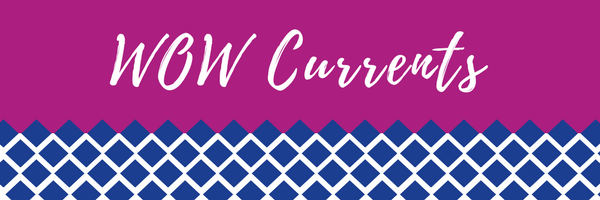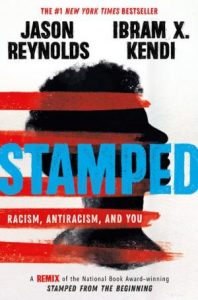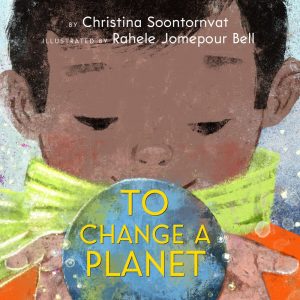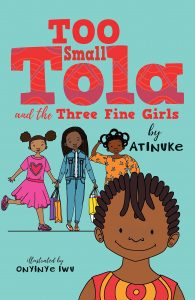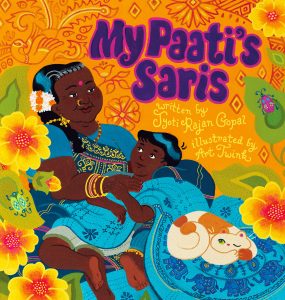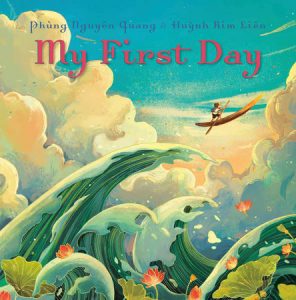By Rebecca Ballenger, University of Arizona, Tucson, AZ
The Worlds of Words Center of Global Literacies and Literatures in the University of Arizona College of Education announces the launch of its first ever crowdfunding campaign on October 2. The campaign aims to raise $10,000 to fund a year of exhibits that will spark the imaginations of visitors to the center.

Students from Paulo Freire Freedom School explore the exhibit, Around the World in 70 Maps.
“We are excited to launch our first crowdfunding campaign,” says UArizona Regents Professor and director of the WOW Center, Kathy Short. “This is a great opportunity to support our mission of sharing global stories. With help from the community, we can continue to provide enriching exhibits that inspire people of all ages.” Continue reading


